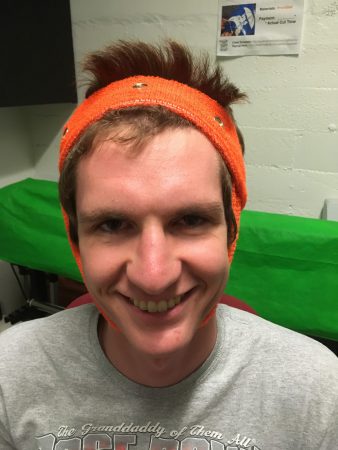-
 FellowshipI didn’t write a lot of blog posts this summer because I didn’t have my own research project, but the other research projects kept me plenty busy. I converted over an old BYB library written in a pricy programming language called Matlab into a free open source language called Python. I also cleaned it up […]
FellowshipI didn’t write a lot of blog posts this summer because I didn’t have my own research project, but the other research projects kept me plenty busy. I converted over an old BYB library written in a pricy programming language called Matlab into a free open source language called Python. I also cleaned it up […] -
 FellowshipIs It Actually My Choice To Not Title This Post? Looking doubtful. Since last I wrote about the “Free Will” project, I have increased the volume of data I have to work with and I have organized it into an intuitive MATLAB database for efficient manipulation via a set of functions for monte carlo analysis, spectrogram generation, […]
FellowshipIs It Actually My Choice To Not Title This Post? Looking doubtful. Since last I wrote about the “Free Will” project, I have increased the volume of data I have to work with and I have organized it into an intuitive MATLAB database for efficient manipulation via a set of functions for monte carlo analysis, spectrogram generation, […]